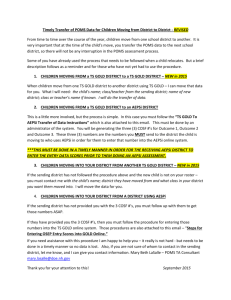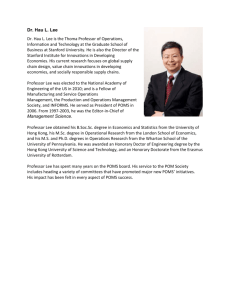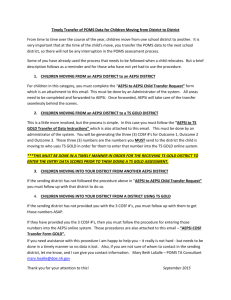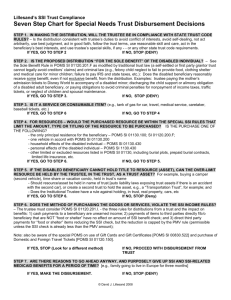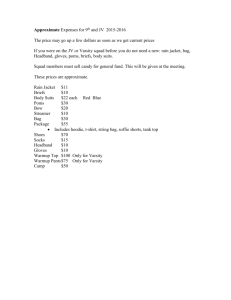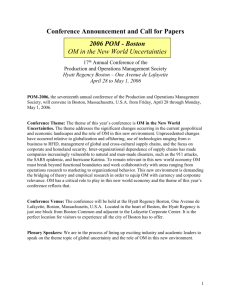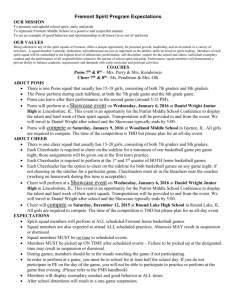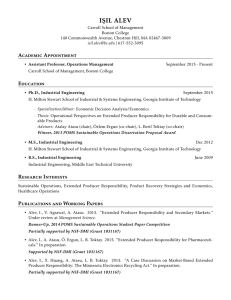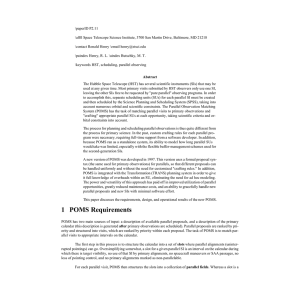Synthesis and characterization of a new organic–inorganic hybrid
advertisement
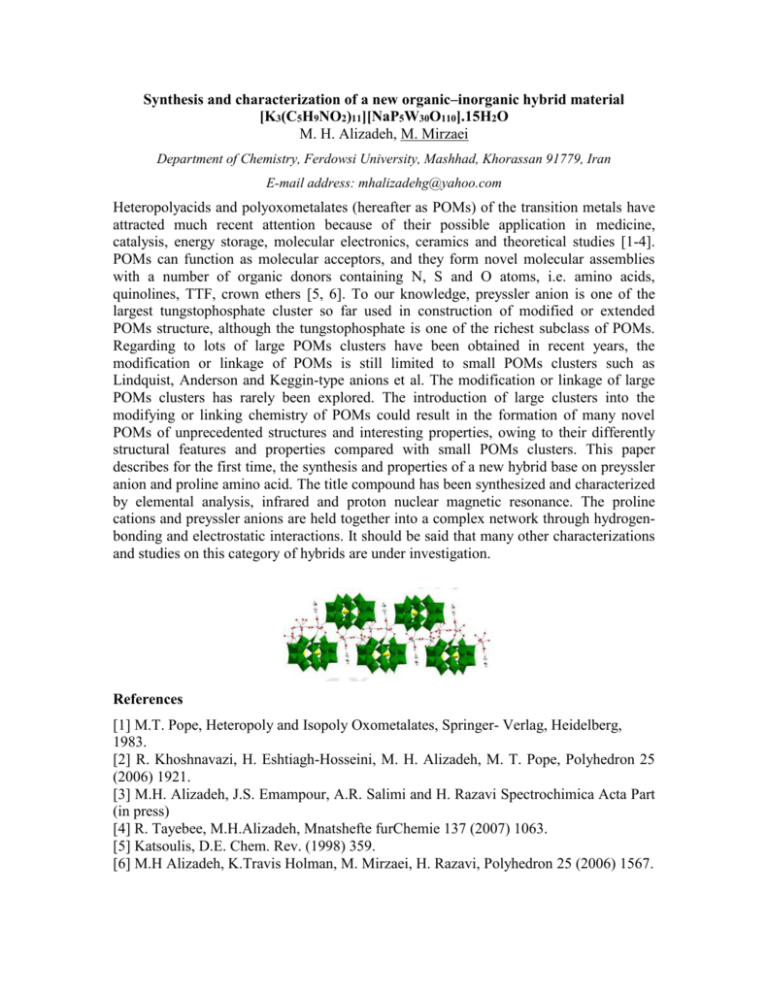
Synthesis and characterization of a new organic–inorganic hybrid material [K3(C5H9NO2)11][NaP5W30O110].15H2O M. H. Alizadeh, M. Mirzaei Department of Chemistry, Ferdowsi University, Mashhad, Khorassan 91779, Iran E-mail address: mhalizadehg@yahoo.com Heteropolyacids and polyoxometalates (hereafter as POMs) of the transition metals have attracted much recent attention because of their possible application in medicine, catalysis, energy storage, molecular electronics, ceramics and theoretical studies [1-4]. POMs can function as molecular acceptors, and they form novel molecular assemblies with a number of organic donors containing N, S and O atoms, i.e. amino acids, quinolines, TTF, crown ethers [5, 6]. To our knowledge, preyssler anion is one of the largest tungstophosphate cluster so far used in construction of modified or extended POMs structure, although the tungstophosphate is one of the richest subclass of POMs. Regarding to lots of large POMs clusters have been obtained in recent years, the modification or linkage of POMs is still limited to small POMs clusters such as Lindquist, Anderson and Keggin-type anions et al. The modification or linkage of large POMs clusters has rarely been explored. The introduction of large clusters into the modifying or linking chemistry of POMs could result in the formation of many novel POMs of unprecedented structures and interesting properties, owing to their differently structural features and properties compared with small POMs clusters. This paper describes for the first time, the synthesis and properties of a new hybrid base on preyssler anion and proline amino acid. The title compound has been synthesized and characterized by elemental analysis, infrared and proton nuclear magnetic resonance. The proline cations and preyssler anions are held together into a complex network through hydrogenbonding and electrostatic interactions. It should be said that many other characterizations and studies on this category of hybrids are under investigation. References [1] M.T. Pope, Heteropoly and Isopoly Oxometalates, Springer- Verlag, Heidelberg, 1983. [2] R. Khoshnavazi, H. Eshtiagh-Hosseini, M. H. Alizadeh, M. T. Pope, Polyhedron 25 (2006) 1921. [3] M.H. Alizadeh, J.S. Emampour, A.R. Salimi and H. Razavi Spectrochimica Acta Part (in press) [4] R. Tayebee, M.H.Alizadeh, Mnatshefte furChemie 137 (2007) 1063. [5] Katsoulis, D.E. Chem. Rev. (1998) 359. [6] M.H Alizadeh, K.Travis Holman, M. Mirzaei, H. Razavi, Polyhedron 25 (2006) 1567.
